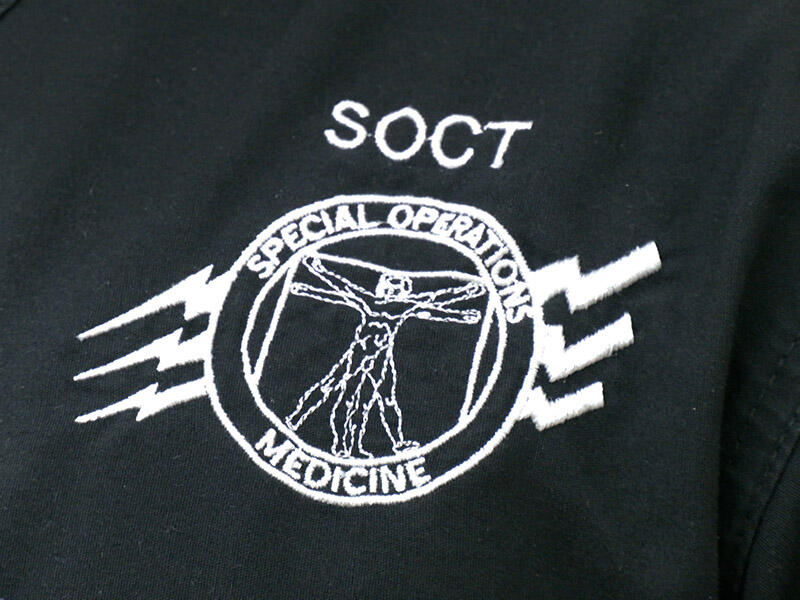The emergency room at Sanford Medical Center Fargo is filled with incredible doctors and nurses. Recently though, the hospital has welcomed in some new recruits.
Sanford is now part of the Special Operations Combat Medic program, also known as SOCM, which helps to train specific members of the Green Berets.
“We do a ton of great realistic training at the schoolhouse, but nothing can replicate actually interacting and treating real patients,” said William, a current student whose role in the special forces didn’t allow him to be quoted by his full name.
Real world training
As part of the training to become a special forces medical sergeant, William and other soldiers like him will take part in 42 weeks of classroom training and practice exercises. Sanford hosts trainees for about three of those weeks, providing exposure to a broad range of medical and surgical conditions — for both adults and children — as well as additional training in trauma and emergency medicine.
“Being a Level I trauma center, we receive the sickest of the sick and the most complex problems,” said Steven Briggs, M.D., Sanford Fargo’s director of medical trauma. “And they need to see a wide variety of different medical issues from pediatric to adult.”
That’s because special forces medics like William can deploy on top secret missions all over the world.
“When these students are deployed in the future, they won’t have a doctor to necessarily fall back on to get information on how to treat this patient, or even their teammates or the host nation that we might be working with,” said Dan Doerr, the deputy course director. “So it’s very important that they get that hands-on experience and be able to see a patient, figure out what’s wrong with them, make a plan and implement that plan to see if that works.”
Civilian hospitals like Sanford Medical Center Fargo are crucial to training not just because of the expertise of their staff, but because real world training can’t always be accomplished within the military.
“We have all of our own military installation hospitals that we can use, but the primary client there is going to be young healthy males,” said Doerr. “When we get out into the regular populace, they’re gonna get to see children, they’re gonna get to see adults, they’re gonna get to see some of the people that aren’t as healthy. So it’s more likely what they’re going to see when they’re deployed.”
For people like William, the responsibility of their position is not taken lightly.
“We’re entrusted to treat the local population, partner forces or whoever’s sick and injured. It’ll be our responsibility to help them get better,” he said.
An important partner
Which is why working with Sanford is a truly important part of his experience.
“The doctors, the nurses, they’ve all been super welcoming, super supportive, and great teachers. It’s been great,” said William.
As one of the top veterans’ employers in the nation, Sanford Health hopes to continue the program well into the future, as part of ongoing efforts to support the military and its veterans.
“As long as they feel that it is advantageous to their training and education, we’ll be happy to support,” said Dr. Briggs.
Learn more
- Joining Forces program supports military family fitness
- Sanford nurse a bridge-builder for cancer patients, veterans
- Fargo nurse, Air Force vet, finds calling in palliative care
…
Posted In Emergency Medicine, Fargo, People & Culture, Veterans
